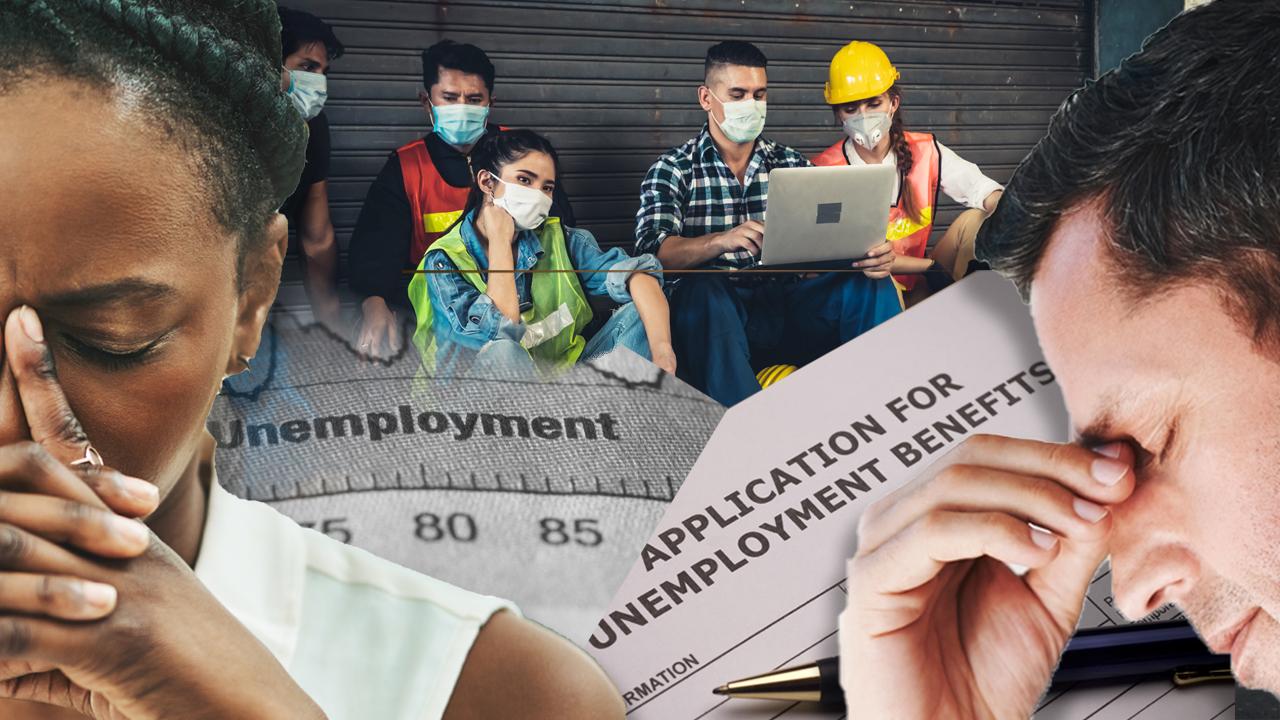Extra $600 in unemployment benefits boosted US economy, study finds
Spending among unemployment recipients typically falls about 7%
The extra $600 in unemployment aid given to out-of-work Americans as part of the federal government's massive coronavirus relief package boosted their spending habits -- and the nation's economy.
That's according to a new study released Thursday by JPMorgan Chase, which found that about one in five Americans received jobless aid in June, five times more than the previous highest recipiency rate recorded.
EXTRA $600 IN UNEMPLOYMENT BENEFITS ENDS NEXT MONTH AS MILLIONS OF AMERICANS REMAIN OUT OF WORK
Although spending among unemployment recipients typically falls about 7 percent, out-of-work Americans actually increased their spending beyond pre-crisis levels once they received the extra $600 per week. About two-thirds of workers on unemployment are receiving more government aid than what they earned at their old job, according to a paper written by economists at the University of Chicago's Becker Friedman Institute.
"The fact that spending by benefit recipients rose during the pandemic instead of falling, like in normal times, suggests that the $600 supplement has helped households to smooth consumption and stabilized aggregate demand," the report said.
WHITE HOUSE MULLS MORE VIRUS RELIEF: HERE'S WHAT IT COULD INCLUDE
The sweetened benefits are set to expire next week and the typical unemployment check, which varies by state, will return to below $400 per week. It will affect about 25 million Americans and drain roughly $15 billion per week from the economy, according to one estimate from the Century Foundation.
When the $600 boost ends, consumer spending -- which accounts for two-thirds of U.S. GDP -- will likely decrease, the bank said, potentially causing "negative effects on both households and macroeconomic activity." Another 1.3 million Americans filed for unemployment benefits last week, the Labor Department, pushing the total number of applications since the pandemic began to more than 51 million.
Although Democrats have pushed for the additional aid to be extended through at least the end of the year, the Trump administration and Republicans have argued the boosted benefits are actually disincentivizing some Americans from returning to their jobs.
SECOND STIMULUS CHECK STILL ON THE TABLE DESPITE BETTER-THAN-EXPECTED JOBS REPORT
But Treasury Secretary Steven Mnuchin suggested the administration may replace the $600 a week in the next stimulus package with another form of unemployment assistance. However, it would cap benefits so that workers don't receive more money than they did at their previous job.
“You can assume that it will be no more than 100 percent" of a worker's salary, Mnuchin said.
According to The Washington Post, one potential compromise discussed by Republican lawmakers is cutting the unemployment benefit from $600 per week to between $200 and $400 per week, in addition to sending a second stimulus check to some low-income Americans.
Senate Majority Leader Mitch McConnell said Monday the package would include “unemployment insurance for those unable to get back to work," although it's unclear how much aid that would entail.
Lawmakers and the administration are set to resume negotiations next week, once the Senate returns from its two-week recess. McConnell has said he hopes to pass legislation before the House's recess starts at the beginning of August.
GET FOX BUSINESS ON THE GO BY CLICKING HERE




















